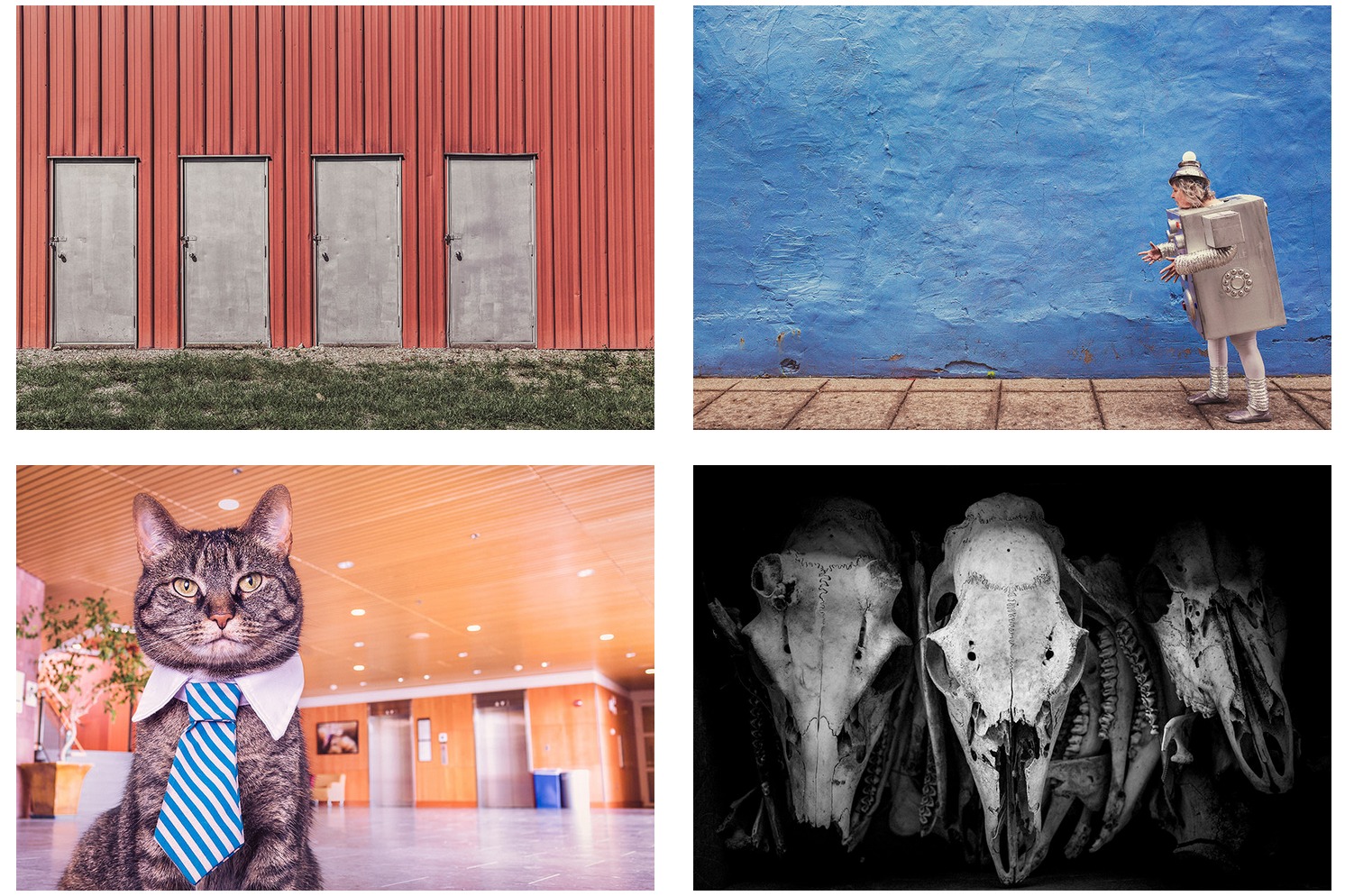I have an uneasy relationship with the concept of ‘brand’ in the library context. On the one hand, I think it’s often misunderstood. I think it’s the kind of thing on which marketing consultants from outside the industry put far too much emphasis - on the list of things to fix about library marketing, I bet our users wouldn’t put ‘brand’ that high up… On the other hand, in the academic sector that I work in, most traditional marketing goals are already being fulfilled fairly successfully: academic libraries are often full, well-used, and well-regarded. So that allows us some time to consider some bigger questions - for example, what is our brand and what would we LIKE it to be?
Before we go any further let’s sort the definitions: ‘brand’ is not colours or logos or slogans.
Your brand is the perception of your library, your services and your collections in people’s minds. It’s how people think and feel about who you are as an organisation, and what you do.
Branding, on the other hand, is the process of trying to influence people’s perceptions of the organisation, and the way they regard your brand.
At my place of work I’ve been thinking about this a lot recently, as I’m attempting to sketch out some marketing principles for my library. Before I can create a strategy for what we want to say and how we want to say it, we first have to understand what we want to BE and whether that involves changing from how we are now, or not. It’s easy to get side-tracked into an existential crisis.
I also want to know how both students and staff at the institution view the Library. We know how they rate certain services, and our UX work tells us a lot about how they use our facilities. But as to how they would describe the library, how they perceive us, what they would say our brand is - I don’t know, and I’ll like to ask, but I’m not sure exactly how to go about it. (Any ideas for this gratefully received.)
Slides from #dffu2018 on Branding the Academic Library
I was honoured to give a keynote on this theme in Billund, Denmark, towards the end of last year. We discussed what brand was, what community was, and marketing strategy. The slides from the talk are below:
The UX Project mentioned in the slides above, Understanding Academics, is written up by my bosses Vanya Gallimore and Michelle Blake, here.
The trip to Denmark was an absolute pleasure, especially because we got to stay in the LegoLand hotel…
Denmark update: I thought the plane was cool but the hotel is truly something special 😱 pic.twitter.com/VjcYkmuQTo
— Ned Potter (@ned_potter) September 19, 2018
Thank you again to the Danish Research and Academic Libraries group for inviting me to speak, and to Christian Lauresen for his insight into Danish libaries, as well as to Jan Holmquist for his translation skills!











